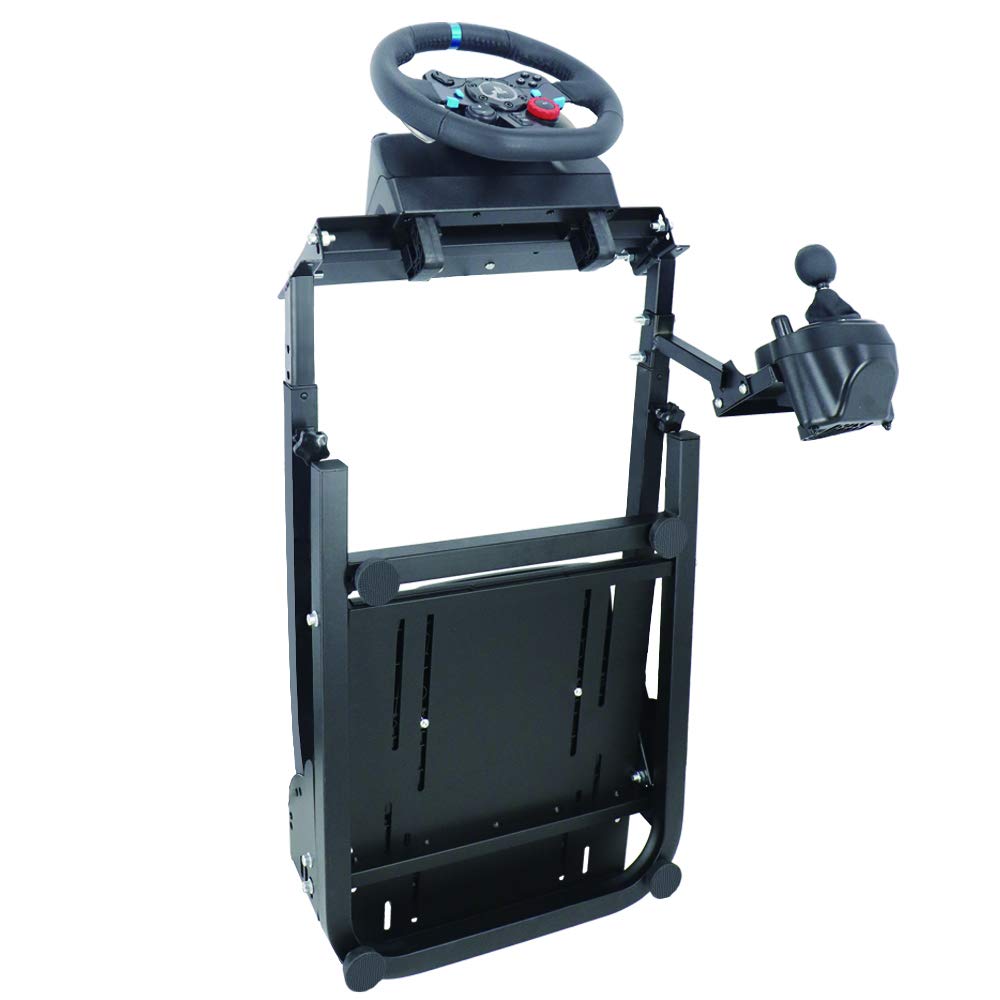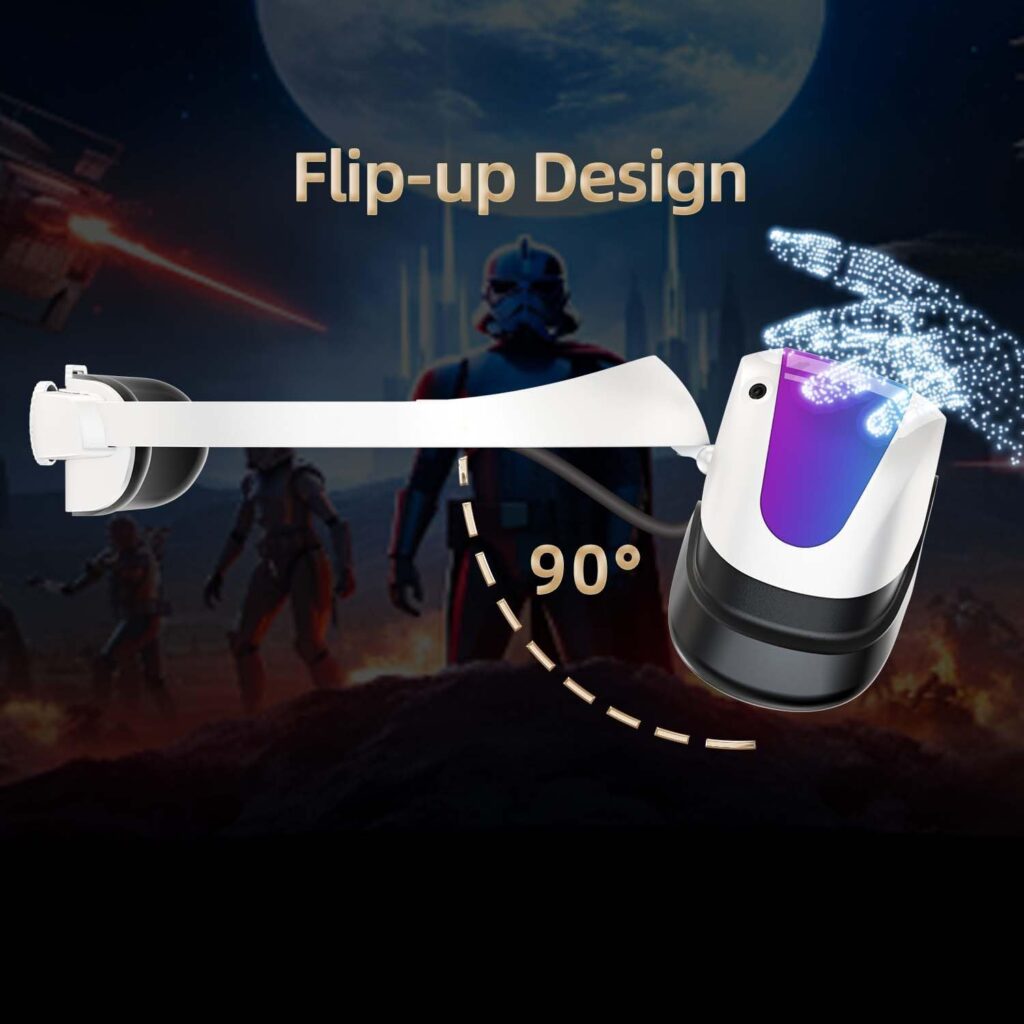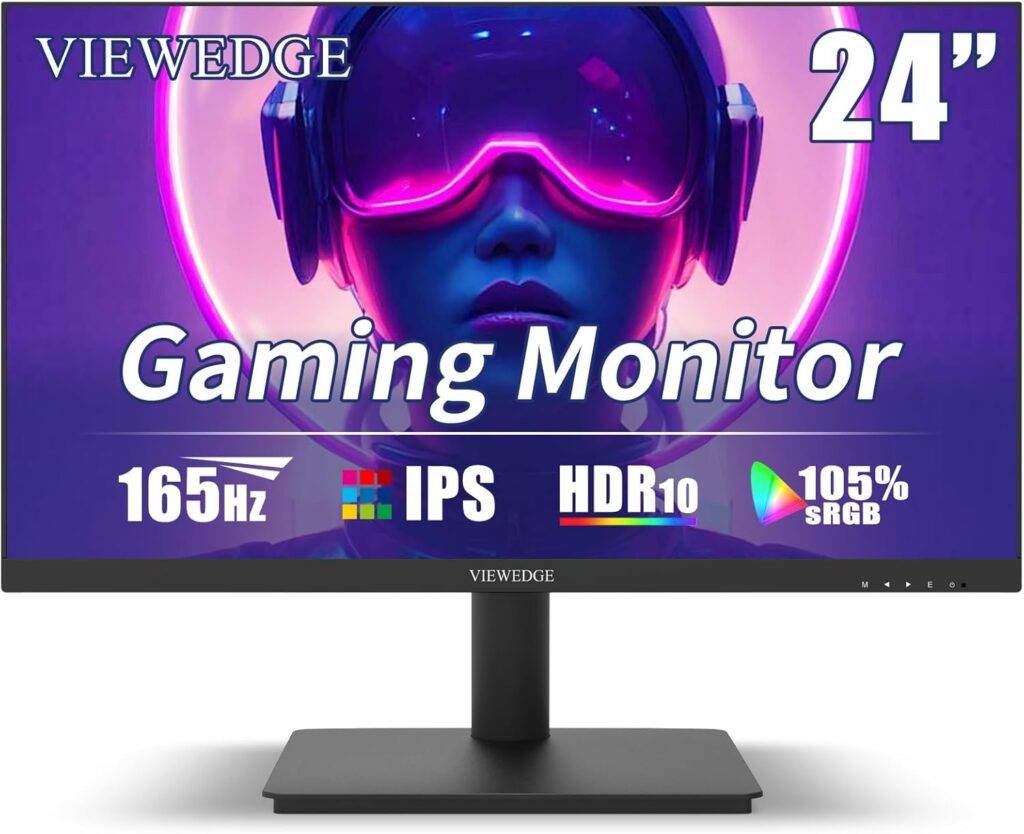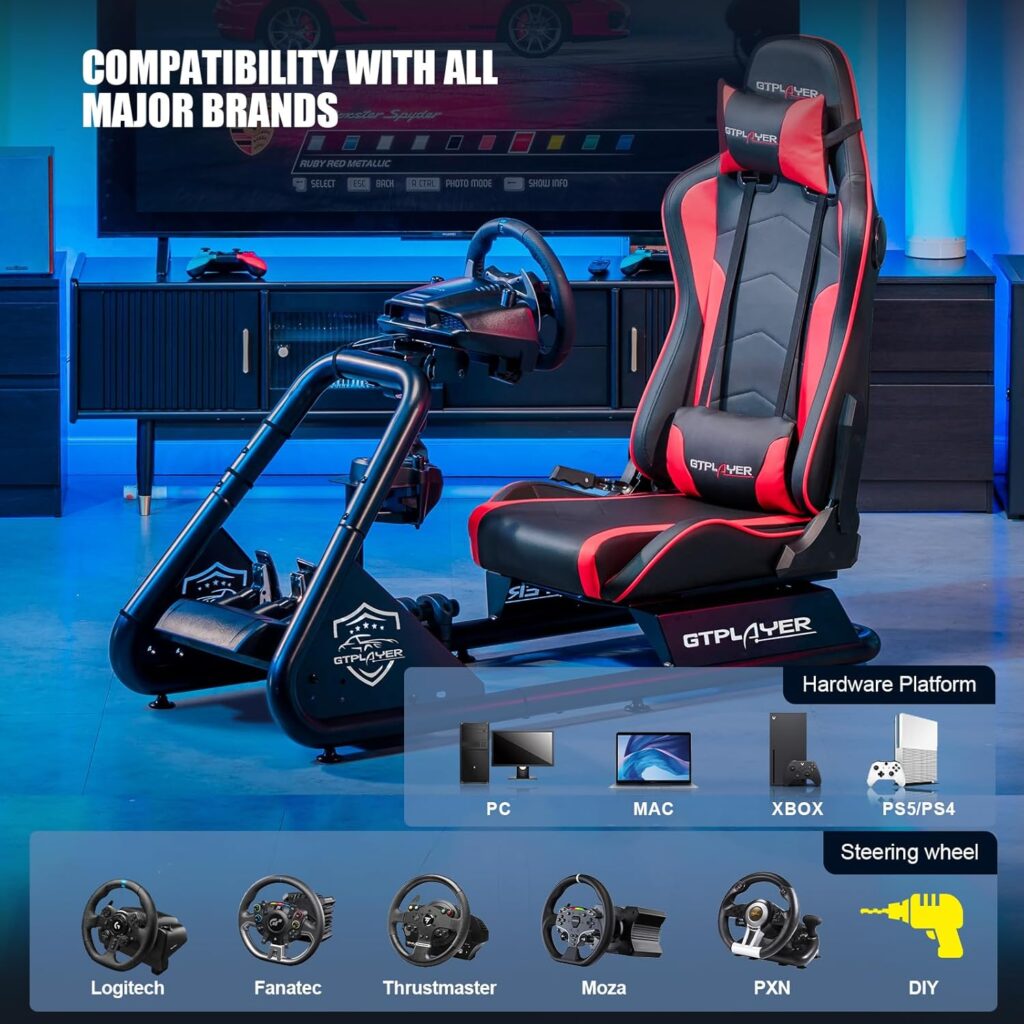Have you ever wondered what it would be like to experience the thrill of racing on a professional track, feeling the wind on your face as you navigate through tight corners? Imagine being able to fine-tune your driving skills and optimize your performance without even leaving the comfort of your own home.
Well, thanks to the advancements in virtual aerodynamics in sim racing, this dream is becoming a reality. But how exactly does virtual aerodynamics work, and what potential does it hold for the future of motorsports?
In this discussion, we will explore the exciting world of virtual aerodynamics and how it is revolutionizing the way racers approach the sport, opening up new possibilities for both professional drivers and aspiring enthusiasts alike.
Key Takeaways
- Understanding aerodynamics in sim racing is crucial for optimal performance and a competitive edge.
- Virtual airflow dynamics and virtual downforce play a significant role in improving traction, stability, and overall performance.
- Fine-tuning virtual car setups based on track conditions and characteristics leads to improved lap times.
- Virtual wind tunnel testing and drag reduction techniques help optimize aerodynamics and reduce costs associated with physical testing and development.
The Role of Aerodynamics in Sim Racing
The role of aerodynamics in sim racing is crucial for achieving optimal performance and realistic race dynamics. In both real-world racing and the sim racing industry, understanding how aerodynamic forces affect the vehicles is essential for a competitive edge. Whether it's the precise calculations of lift and drag or the intricate balance of downforce and airflow, aerodynamics plays a pivotal role in determining the speed, stability, and maneuverability of the race cars.
Sim racing industry leaders, such as the Drone Racing League (DRL), have recognized the importance of simulating real-world aerodynamics in their virtual racing experiences. By collaborating with Georgia Tech and conducting tens of thousands of simulations, the DRL has been able to gather valuable data on aerodynamic forces that affect drones in flight. This data allows them to accurately replicate real-world racing conditions and offer a hyper-realistic experience for sim racers.
In the sim racing world, the role of aerodynamics goes beyond mere aesthetics. It directly impacts the performance of the vehicles, influencing factors such as top speed, cornering ability, and stability. By accurately modeling aerodynamic forces, sim racing developers can create an immersive experience that mirrors the challenges and complexities of real-world racing. This level of realism not only enhances the excitement for sim racers but also serves as a valuable training tool for aspiring professional drivers.
Understanding Virtual Airflow Dynamics
Understanding virtual airflow dynamics is a fundamental aspect of optimizing aerodynamic performance in sim racing. It involves comprehending how air interacts with virtual vehicle surfaces and components to enhance speed and handling.
To delve further into this topic, consider the following sub-lists:
- Stability: Virtual airflow dynamics directly impact the stability of the virtual vehicle. By understanding how the air flows over different parts of the car, sim racers can make adjustments to maintain stability at high speeds and during cornering.
- Drag: Virtual airflow dynamics also influence the amount of drag experienced by the virtual vehicle. By minimizing drag, sim racers can maximize their speed and acceleration, giving them a competitive edge on the virtual track.
- Downforce: Another crucial aspect of virtual airflow dynamics is the generation of downforce. By manipulating the airflow over the car's surfaces and components, sim racers can increase the downforce, which improves traction and allows for better cornering and braking performance.
Mastery of virtual airflow dynamics empowers sim racers to make informed adjustments to their vehicle setups for improved speed and control. Having an in-depth knowledge of virtual airflow dynamics allows sim racers to fine-tune their virtual vehicles for optimal performance on different tracks and under various conditions. By optimizing the virtual aerodynamics, sim racers can gain a significant advantage in the virtual racing world.
Exploring the Impact of Virtual Downforce
To fully comprehend the impact of virtual downforce in sim racing, it's essential to explore its role in enhancing aerodynamic performance and replicating real-world driving experiences. Virtual downforce simulations offer valuable insights into the handling and performance of virtual race cars, allowing for a more accurate and immersive racing experience. By utilizing virtual downforce in sim racing, the authenticity and dynamics of aerodynamic interactions in racing simulations can be improved.
Virtual downforce plays a crucial role in replicating the aerodynamic forces experienced by real-world race cars. As virtual aerodynamics are simulated, virtual downforce is generated by the interaction of the virtual car's body and the virtual airflow. This virtual downforce affects the behavior of the virtual race car, influencing its stability, cornering ability, and overall performance.
Fine-tuning Virtual Car Setups for Improved Performance
Fine-tuning virtual car setups is crucial for maximizing performance in sim racing. To improve your performance, consider the following:
- Adjusting virtual aerodynamics: Virtual aerodynamics play a significant role in sim racing. By fine-tuning settings such as wing angles, ride height, and brake ducts, you can optimize the car's downforce, drag, and cooling capabilities. Experimenting with different setups based on the track conditions and car characteristics can lead to improved lap times.
- Tuning suspension components: Suspension settings, including dampers, springs, and anti-roll bars, greatly affect the car's handling and responsiveness. By adjusting these parameters, you can optimize the car's balance, stability, and grip. Fine-tuning the suspension to suit your driving style and the characteristics of the virtual track can make a substantial difference in your overall performance.
- Optimizing tire settings: Tire pressure, camber, and toe settings have a direct impact on grip and tire wear. By finding the optimal tire setup for each track, you can maximize performance and maintain consistent lap times. Experimenting with different tire settings and monitoring their effect on tire temperature and wear can help you find the perfect balance between grip and longevity.
Virtual Wind Tunnel Testing: A Game-Changing Approach
Virtual wind tunnel testing offers improved performance analysis and realistic aerodynamic simulation for sim racing. This game-changing approach accurately simulates real-world aerodynamic effects on virtual race cars, providing valuable data on a car's aerodynamic performance in different conditions.
By being able to make precise adjustments to a car's aerodynamics, sim racers can optimize their performance and experience the authentic challenges of real-world aerodynamics.
Improved Performance Analysis
Using computational fluid dynamics (CFD), improved performance analysis in virtual wind tunnel testing revolutionizes the way racing teams optimize aerodynamic efficiency and performance in virtual racing and sim racing. Here are three key benefits of this approach:
- Rapid Iteration:
Virtual wind tunnel testing allows for quick and efficient iteration of vehicle designs, enabling race teams to make design changes and analyze their impact on performance without the constraints of traditional wind tunnel testing. This results in faster optimization of aerodynamic efficiency.
- Cost-Effectiveness:
By reducing the reliance on physical wind tunnel testing, virtual wind tunnel testing significantly reduces costs associated with testing and development. This makes it a more cost-effective solution for race teams, especially those with limited budgets.
- Enhanced Performance Insights:
Virtual wind tunnel testing provides detailed insights into the aerodynamic performance of the vehicle, allowing race teams to identify areas for improvement and fine-tune their designs for maximum performance. This data-driven approach helps teams gain a competitive edge in virtual racing and sim racing.
Realistic Aerodynamic Simulation
With the advent of realistic aerodynamic simulation, race teams can now harness the power of virtual wind tunnel testing to achieve unprecedented levels of precision and accuracy in optimizing their vehicles' performance.
In the world of sim racing, realistic aerodynamic simulation allows for the creation of virtual wind tunnels that accurately replicate real-world conditions. This game-changing approach leverages complex physics models to simulate airflow and measure the effects of different design changes on a vehicle's performance.
By conducting thousands of simulations, teams can gather valuable data on how their vehicles interact with the air, enabling them to make informed decisions on optimizing aerodynamics.
Realistic aerodynamic simulation in sim racing not only improves performance analysis but also provides a cost-effective alternative to physical wind tunnel testing, making it an invaluable tool for teams looking to gain a competitive edge.
The Art of Balancing Virtual Aerodynamic Forces
Achieving optimal performance in sim racing requires a deep understanding of the delicate balance between aerodynamic forces. In virtual racing simulations, properly managing downforce and drag is crucial for maintaining stability and speed.
To master the art of balancing virtual aerodynamic forces, consider the following:
- Adjusting Downforce: Virtual aerodynamics play a pivotal role in maximizing grip on virtual race tracks. By fine-tuning the downforce settings, you can optimize the amount of force pushing your car onto the track, enhancing cornering capabilities and overall stability.
- Managing Drag: Drag is the resistance encountered by a vehicle as it moves through the air. Finding the right balance between downforce and drag is essential for achieving efficient energy transfer and high straight-line speeds. Reducing drag can lead to increased top speeds, but it may also affect the car's stability, so finding the optimal compromise is crucial.
- Enhancing Handling: Balancing virtual aerodynamic forces can significantly enhance overall handling in sim racing. By adjusting the aerodynamic properties of your virtual car, such as the angle of wings or spoilers, you can fine-tune its behavior, allowing for more precise and predictable responses during cornering and braking.
Harnessing the Power of Virtual Drag Reduction
Harness the virtual drag reduction techniques to optimize the aerodynamics of your virtual race car for improved performance. Virtual aerodynamics in sim racing is a powerful tool that allows you to fine-tune the drag characteristics of your virtual race car, mimicking real-world aerodynamic advancements. By implementing virtual drag reduction strategies, you can enhance the overall efficiency and competitiveness of your virtual race car design.
To achieve optimal drag reduction, computational fluid dynamics simulations play a crucial role. These simulations enable you to identify areas of high drag and develop solutions to minimize it. Virtual wind tunnel testing further aids in assessing the impact of different design modifications on drag and overall vehicle performance. By experimenting with various configurations using advanced virtual aerodynamics software and tools, you can determine the most effective ways to reduce drag.
Virtual aerodynamics in sim racing offers an opportunity to optimize every aspect of your race car's aerodynamics, from the shape of the bodywork to the placement of wings and diffusers. By fine-tuning these elements, you can reduce the drag forces acting upon the vehicle, resulting in increased speed and improved lap times.
Unleashing the Potential of Virtual Aero Adjustments
To fully utilize the potential of virtual aero adjustments, it's essential to understand their impact on your virtual race car's performance and behavior. Virtual aerodynamics play a crucial role in sim racing, allowing you to optimize your vehicle's performance and gain a competitive edge. By making precise adjustments to the aerodynamic settings of your virtual race car, you can improve its handling, speed, and overall lap times.
To unleash the full potential of virtual aero adjustments, consider the following:
- Experiment with different settings: Virtual aerodynamics in sim racing provide an opportunity to fine-tune your vehicle's behavior. Try adjusting parameters such as wing angles, ride height, and diffuser settings to find the optimal setup for each track and driving style.
- Understand the impact: Virtual aerodynamic adjustments directly affect how your virtual race car interacts with the air. Increasing downforce can improve traction and stability, but it may also increase drag. Finding the right balance between downforce and drag is crucial for achieving optimal performance.
- Adapt to changing conditions: Virtual aero adjustments shouldn't be static. As track conditions change, adjustments may be necessary to maintain optimal performance. Pay attention to factors such as temperature, wind speed, and track surface conditions to make informed aerodynamic changes.
Virtual Aerodynamics and Cornering Techniques
While understanding the impact of virtual aerodynamic adjustments is essential for optimizing your virtual race car's performance, mastering cornering techniques in sim racing also relies heavily on this understanding. Proper use of virtual aerodynamics, such as downforce, drag, and airflow management, can significantly impact your cornering performance in sim racing.
Virtual aerodynamics play a crucial role in optimizing cornering speed and stability. By adjusting wing angles and balancing the car's aerodynamics, you can enhance your cornering capabilities. Increasing downforce, for example, can improve traction, allowing you to maintain higher speeds through corners without sacrificing control. On the other hand, reducing drag can help minimize resistance and increase acceleration out of a turn.
Furthermore, virtual aerodynamics also simulate slipstream effects and overtaking strategies during cornering. Understanding the airflow patterns around your car can help you position yourself strategically to take advantage of the slipstream and gain an advantage over your opponents. Properly utilizing the virtual aerodynamics can be the difference between successfully executing an overtake or being left behind.
To master virtual aerodynamics and cornering techniques, a combination of theoretical knowledge and practical application is necessary. By studying the principles of aerodynamics and experimenting with different adjustments in sim racing scenarios, you can progressively improve your cornering skills. Remember, the key is to find the right balance between downforce, drag, and airflow management to optimize your performance in sim racing.
Taking Sim Racing to the Next Level With Virtual Aerodynamics
Utilizing virtual aerodynamics in sim racing can propel your experience to new heights, as it provides a hyper-realistic simulation of the impact of aerodynamic forces on digital vehicles. Here are three ways in which virtual aerodynamics can take sim racing to the next level:
- Enhanced customization and design features: With virtual aerodynamics, sim racing enthusiasts can build and test their own vehicle configurations, allowing for a deeper understanding of aerodynamics and how they affect the behavior of the vehicle. This level of customization empowers users to optimize their vehicle's performance and fine-tune their racing strategies.
- Democratizing the sport: Virtual aerodynamics has played a crucial role in democratizing sim racing, making it accessible to a wider audience. Through virtual simulations, individuals from all over the world can participate in competitive racing events, showcasing their skills and potentially discovering new talent. This inclusivity has contributed to the growth and popularity of sim racing as a competitive sport.
- Bridging the gap between esports and real-world racing: The integration of virtual aerodynamics in sim racing has allowed for a seamless transition between the virtual and real-world racing experiences. By incorporating real-world racing data and aerodynamic principles into the virtual simulation, sim racers can develop their skills and understanding of aerodynamics in a safe and controlled environment. This combination of virtual and real-world racing can significantly enhance a driver's overall skill set, translating into improved performance on the race track.
Frequently Asked Questions
Why Don't Sim Racers Use Vr?
Sim racers don't use VR for a few reasons.
First, VR can cause motion sickness, which can be uncomfortable during longer races.
Second, the availability of high-quality VR equipment is limited compared to traditional setups. This can make it difficult and expensive for sim racers to get the necessary hardware.
Additionally, some sim racers prefer traditional monitor setups because they're familiar with them and find them easier to set up and use.
What Are the Benefits of Sim Racing?
Sim racing offers you a way to improve your racing skills and technique while being cost-effective. It allows you to practice and develop your skills in a safe and controlled environment. With access to various tracks and cars, sim racing provides a unique opportunity to hone your driving abilities.
Additionally, the virtual aspect of sim racing allows for easy interaction and competition with racers from all over the world. So, if you're looking to enhance your racing skills without breaking the bank, sim racing is the way to go.
Conclusion
As you bring your virtual racing session to a close, you reflect on the transformative power of virtual aerodynamics. Like a skilled artist wielding a brush, you have unlocked the potential of this digital canvas, painting the perfect lines through corners and sculpting the airflow around your virtual vehicle.
With each lap, you have immersed yourself in a world where precision and technique reign supreme. As you step away from the virtual cockpit, you carry with you the knowledge that sim racing has forever changed the way we approach the art of motorsports.




